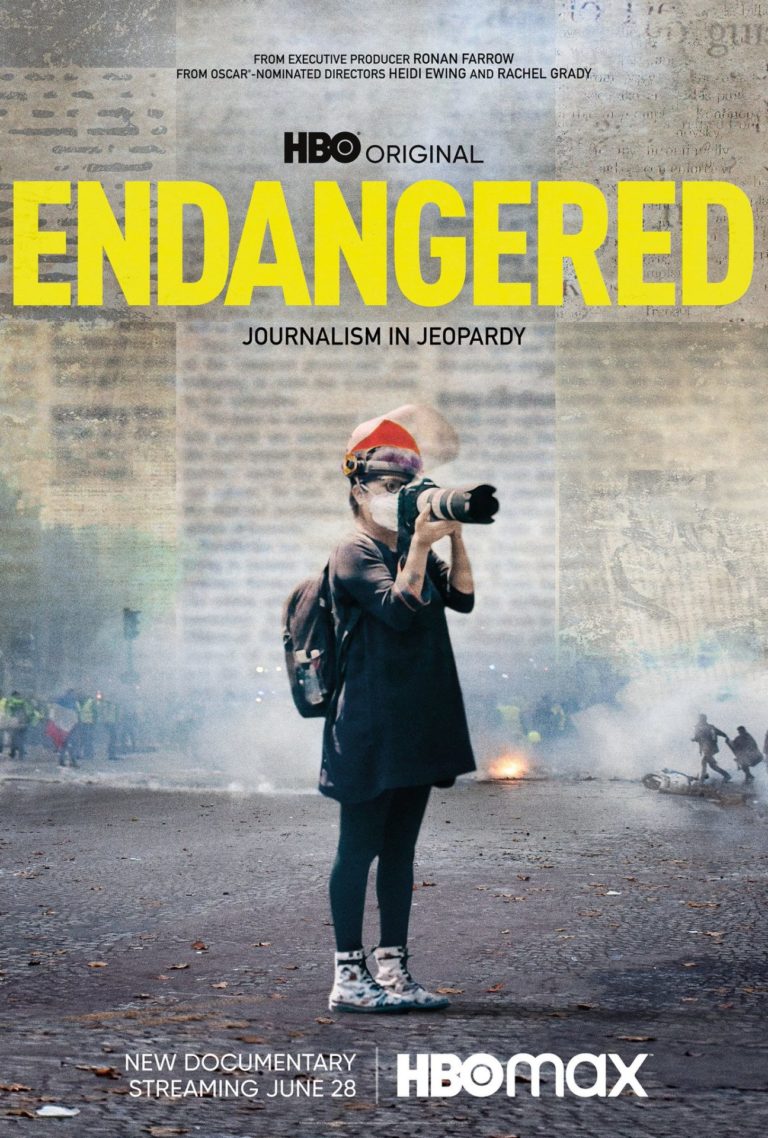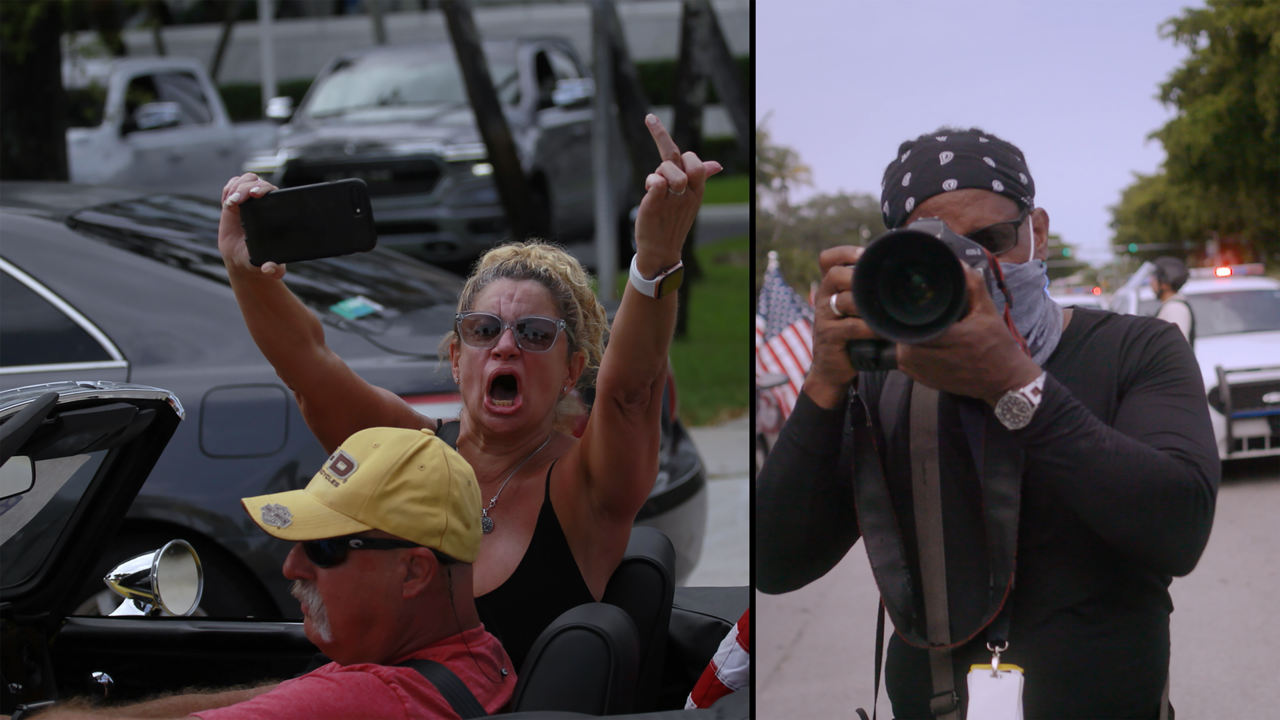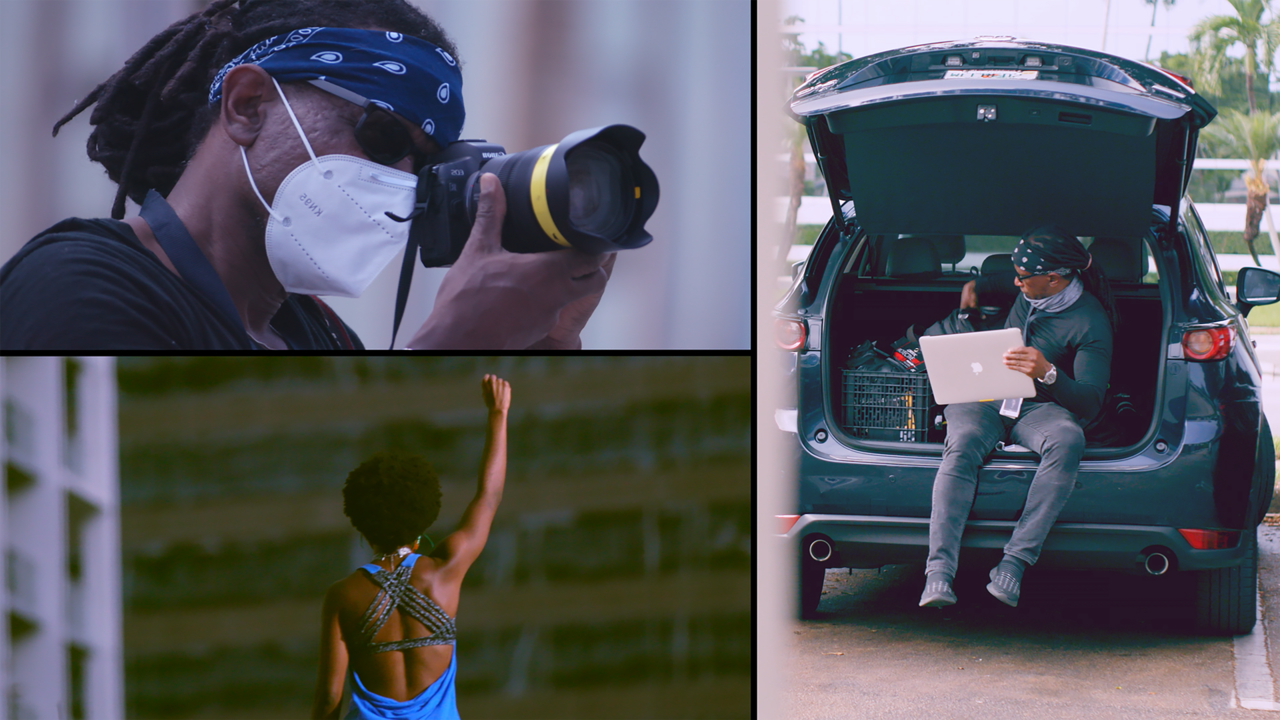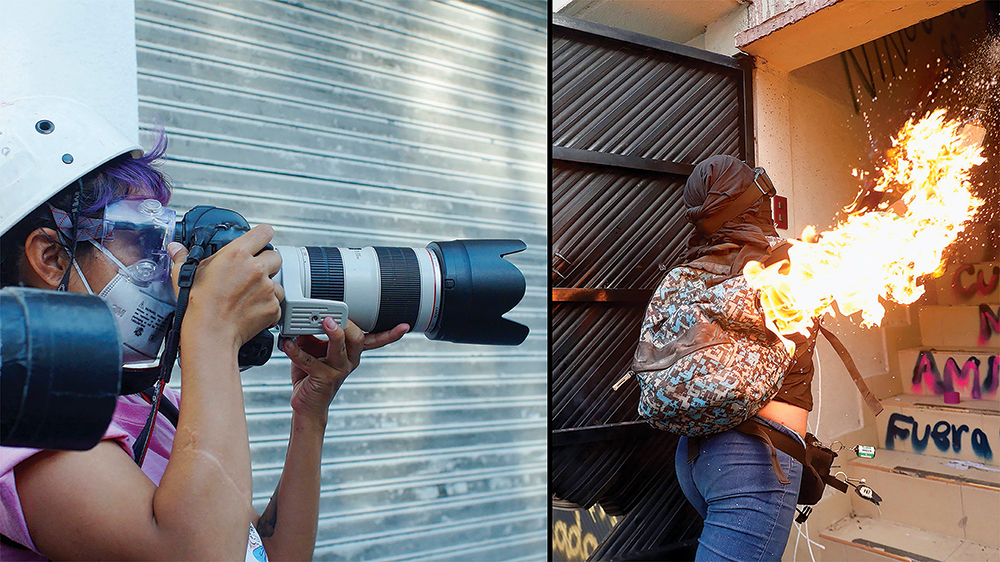
History has defined the hierarchy of power through estates. The French Revolution dismantled the archetypical tryptic of the First (clergy), Second (aristocracy) and Third (commoners) estates of the realm. The modern era brought the advent of a new force: the Fourth Estate, characterised by the mass media and its explicit capacity of advocacy and implicit ability to frame political issues. The digital era introduced the Fifth Estate, that is non-mainstream online media often connected to whistleblowers and all those networked individuals enabled by the Internet to hold the other estates accountable. The current interconnected century has brought into prominence the Sixth Estate, i.e. those private observers who criticise and counterweight the Fourth Estate: basically the people who share their personal comments especially through social media. One could argue that the Sixth Estate and its digital democracy has given rise to fake news, alternative facts and even conspiracy theories.
Endangered — directed by Tribeca Alumni Heidi Ewing & Rachel Grady and presented at the Tribeca Film Festival — is an unfiltered reportage of this phenomenon and how it is censoring freedom of the press. This documentary, that will be available on HBO and HBOmax, gathers the testimonies of several members of the press from different parts of the world who are pinned down by their governments.

The narrative unfolds during the first two years of the pandemic, 2020-2021. We first get acquainted with Patricia Campos, a reporter for the Folha de Sao Paulo outlet in Brazil. She arrives at a massive campaign rally. The viewers expect it to be against the man who leads her country and is known for his racist, misogynist, homophobic outrages. Instead those thousands of people are shouting out in support of President Jair Bolsonaro, labelling journalists as “criminals.” The cinematic journey proceeds to Miami in Florida, where photojournalist Carl Juste profiles a Black Lives Matter protest before it is circumvented by violent reprisals from the police. In that same nation, usually known as “the land of the free” we are introduced to Oliver Lauhland, a British reporter for The Guardian, who covers local politics and Trump rallies. His coverage begins in Youngstown, Ohio; proceeds in Tulsa, Oklahoma; and continues across the country where “the Stars and Stripes and the Eagle Fly.” No matter where he goes he endures vitriol from far right American voters. Meanwhile, in Mexico City, photographer Sashenka Gutierrez is out in the streets capturing with her lens the movements of protestors advocating against the growing wave of femicides in the country.
These four stories that run on parallel tracks are intertwined with the testimonies of the reporters belonging to the Committee To Protect Journalists. This is an American independent non-profit, non-governmental organisation, based in New York City, with correspondents around the world. At the time of the filming, Joel Simon was the executive director. His articles have been published in The New York Times, The Washington Post, The Guardian, The Wall Street Journal, and the Columbia Journalism Review. In this cinematic reportage we see him at the helm of zoom meetings gathering the chronicles of the fragile state of the media, through the accounts of reporters from the Middle East, Africa, India, Brazil, Mexico, Central Asia, and the USA.

The picture that emerges is how contemporary culture vilifies the press, even through fiction. When Patricia is on the phone with a colleague he reminds her about the film Contagion, that echoes the Coronavirus pandemic that everyone is experiencing at that moment. Even in Steven Soderbergh’s 2011 film the character of the journalist, played by Jude Law, is presented as despicable. But there was a time when reporters were considered noble and heroic. For instance, Patricia’s father Hélio Campos Mello was held hostage by Saddam Husseim’s regime during the Gulf War in 1991 — at the time his coverage won him the award Prêmio Esso de Jornalismo.
Nowadays infotainment has blended the thin line of demarcation between hard news and soft news. The way clickbait communicators lean towards the latter — through spectacularisation and sensationalism — has sullied the figure of the reporter who favours the facts. This has given wave to a strong distrust towards the category of the press.

Endangered is a stupendous tribute to a disparaged category who tries to navigate in a sea of stories where verifiable information is mixed with disinformation. This profound and significant vérité documentary tries to set the record straight and give a voice to all those reporters who have confronted censorship, even in those countries where freedom of expression is relentlessly flaunted starting from the United States of America where the First Amendment Of The Constitution states that “Congress shall make no law respecting an establishment of religion, or prohibiting the free exercise thereof; or abridging the freedom of speech, or of the press; or the right of the people peaceably to assemble, and to petition the Government for a redress of grievances.” Throughout the film this principle is trampled, no wonder the Executive Producer of Endangered is investigative reporter Ronan Farrow.
The film takes audiences to a trip around the globe to denounce the intimidation tactics that journalists have to confront, especially if they are female. Endangered, with its enraged denunciation of the current state of affairs, brings back dignity to the role of the press in holding the powerful to account.
Final Grade: A-

